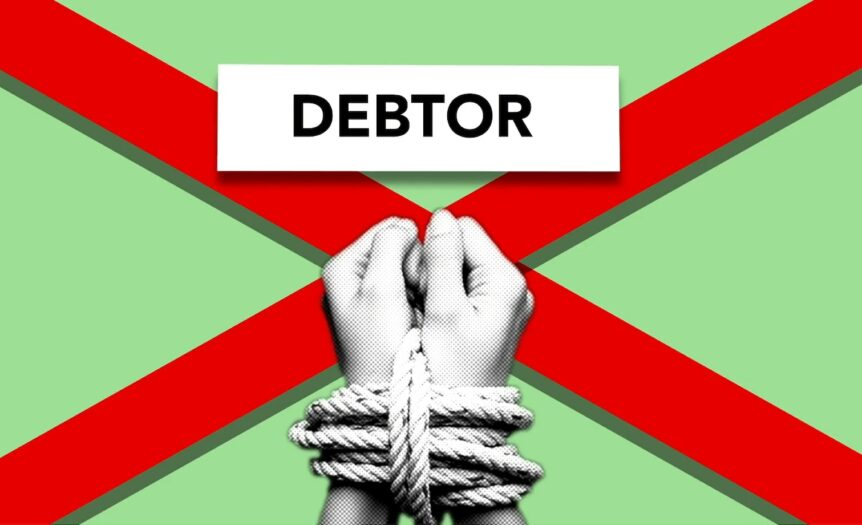Harley-Davidson says Repo Shortage is Fueling Credit Losses
The repo shortage phenomenon occurs when borrowers default on their loans, resulting in their vehicles being repossessed by lenders. However, Harley-Davidson has noticed a decrease in repossessions, which poses a unique problem for them. Without an adequate supply of repossessed motorcycles, they are facing difficulties in recouping the value of unpaid loans.
This unexpected turn of events raises questions about underlying factors contributing to this shortage. Potential reasons could include improved economic conditions leading to fewer loan defaults or changes in consumer behavior regarding loan repayment priorities. Regardless of the cause, this repo shortage poses challenges for Harley-Davidson’s financial stability and calls for innovative strategies to mitigate credit losses effectively.
Harley-Davidson’s Credit Losses on the Rise
Harley-Davidson, one of the most iconic motorcycle manufacturers in the world, has recently been facing a significant challenge: a repo shortage that is fueling credit losses. A repo shortage refers to a scarcity of repurchase agreements, which are crucial for financing inventory and providing liquidity in the automotive industry. As Harley-Davidson relies heavily on these agreements, the shortage poses serious consequences for their business.
The repo shortage has led to increased difficulty for Harley-Davidson in obtaining financing for its motorcycles. Without this vital source of funds, they face constraints in their ability to produce and sell bikes, resulting in reduced revenues. Moreover, as demand remains strong despite the shortage, customers may turn to other competitors who can offer more readily available financing options.
Analyzing the Effects of Credit Losses on Harley-Davidson’s Finances
As credit losses mount due to the repo shortage, it directly impacts Harley-Davidson’s financial standing. The company incurs losses when customers default on their loans or fail to make timely payments. These credit losses not only erode profitability but also strain cash flow and hinder future investment opportunities.
To put things into perspective, let’s take a look at some statistics:
- In their recent financial statement release, Harley-Davidson reported an increase in credit losses by X% compared to the previous year.
- The total outstanding loan balance with potential credit loss exposure reached $X million during this period.
- This surge in credit losses has contributed to a decline in net income by X% over the same time frame.
These numbers highlight how credit losses are taking a toll on Harley-Davidson’s bottom line and overall financial health.

Strategies to Mitigate Credit Losses Amidst the Repo Shortage
Here are some key steps Harley-Davidson is taking:
- Strengthening risk assessment processes: The company is enhancing its credit evaluation methods to identify potential high-risk borrowers and minimize the likelihood of default.
- Collaborating with alternative lenders: Harley-Davidson is exploring partnerships with alternative lending institutions to broaden financing options for customers who may face difficulties securing traditional loans.
- Streamlining inventory management: By optimizing their inventory levels and ensuring a better balance between supply and demand, Harley-Davidson can reduce the risk of excess stock that could contribute to credit losses.
Strategies to Mitigate Credit Losses
As Harley-Davidson faces the challenge of credit losses fueled by a repo shortage, implementing effective strategies becomes crucial. Here are some key approaches that can help mitigate these losses:
- Strengthen Risk Assessment:
- Conduct thorough credit assessments to ensure borrowers’ financial stability and ability to meet loan obligations.
- Implement stringent criteria for loan approval, taking into account factors such as income, credit history, and debt-to-income ratio.
- Regularly review and update risk assessment models to adapt to changing market conditions.
- Enhance Collection Practices:
- Develop a proactive approach to collections by promptly identifying delinquent accounts and taking appropriate measures.
- Utilize advanced collection technologies and analytics tools to identify high-risk accounts early on.
- Establish clear communication channels with borrowers, providing them with guidance and assistance in managing their payments.
- Diversify Loan Portfolio:
- Reduce reliance on one segment or product type by expanding the range of loans offered.
- Target new market segments or demographics that have shown resilience during economic downturns.
- Strengthen Relationship with Dealerships:
- Collaborate closely with dealerships to monitor inventory levels and prevent overstocking situations that could lead to increased repossession rates.
- Provide training programs for dealership staff on effective credit management practices.
- Implement Data Analytics:
- Utilize advanced data analytics techniques to identify patterns in borrower behavior, allowing for more accurate risk assessments.
- Leverage predictive modeling algorithms to forecast potential credit losses based on historical data.
By adopting these strategies, Harley-Davidson can minimize the impact of the repo shortage on its credit losses while maintaining a healthy lending portfolio. It is essential for the company’s long-term success to continuously evaluate and refine these approaches in response to evolving market dynamics.





